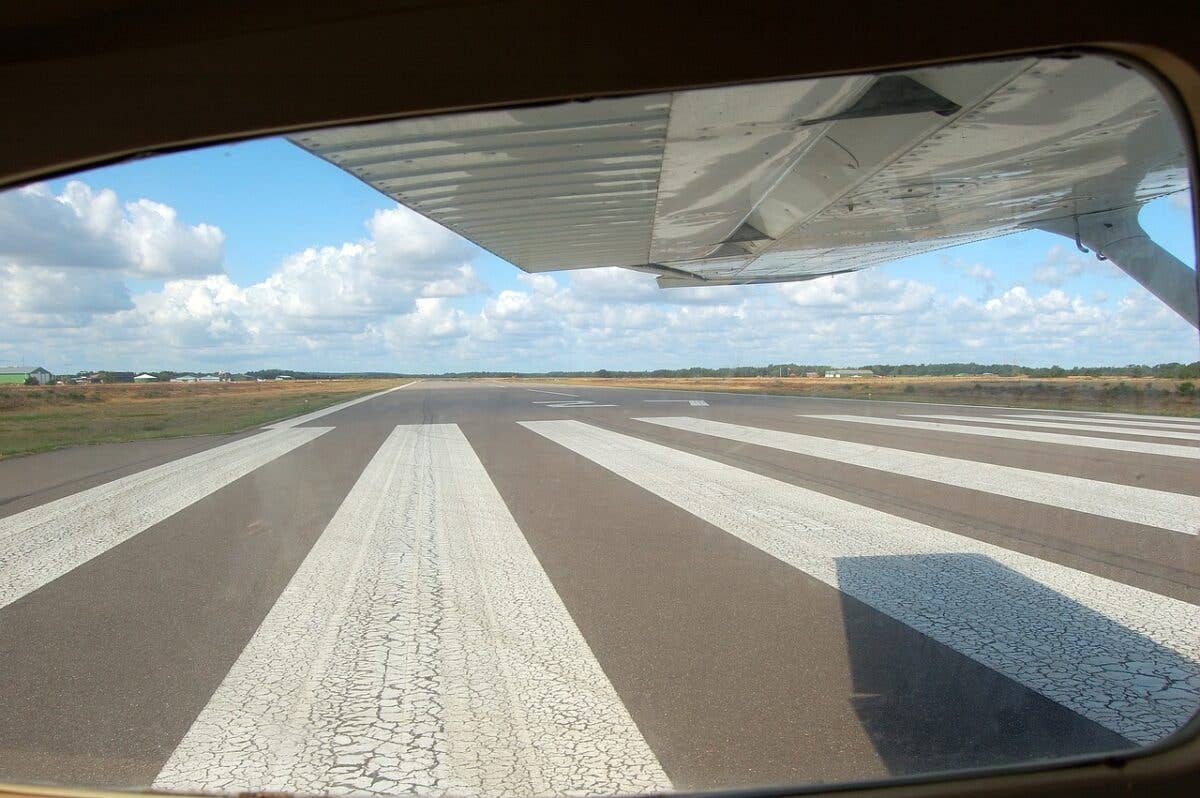11 Things You Should Carry in Your Flight Bag
One of the rules for pilots is that they need to be familiar with all available information prior to a flight (FAR 91.103). The gear you carry in your flight bag should reflect this—prepare for the plan, and plan for the unexpected.

Stylish? Yes, but it’s what’s inside that counts. [Courtesy: Flight Outfitters]
One of the rules for pilots is that they need to be familiar with all available information prior to a flight (FAR 91.103). The gear you carry in your flight bag should reflect this—prepare for the plan, and plan for the unexpected—and keep in mind there are some things that you should always carry in your flight bag.
1. Headset
The headset is often the most important piece of equipment a pilot carries. If you don't think you need one, try conducting a flight in an enclosed-cockpit airplane without one—about 20 minutes into it, the noise and the vibration will leave you feeling like you've been flying all day. Don't forget extra batteries for the headset if required. Add a flight helmet or leather cap for your headset if you’re flying an open-cockpit airplane.
2. Kneeboard
The kneeboard is sort of a lap-desk that a pilot uses in flight. If you are using paper, this is where the pad or the navlog goes. If you are using an electronic device, this is where it lives if you don't have a mount for the unit. You can also clip paper charts to a kneeboard with ease.
3. Writing Implements/Paper
There is a lot of writing in aviation. You will be copying down weather information, IFR clearances, instructions from ATC, etc. Even if you are doing this electronically on a tablet, it doesn't hurt to have a back up. Paper is also handy to leave notes, like letting the owner of the FBO know you require fuel for your airplane—or if you do not want fuel.
4. Current Sectionals/TACs/Chart Supplement and/or Digital Equivalent
Notice the word “current.” Frequencies change, airspace changes, airports get towers—these are things you want to know. Many pilots use electronic information in the cockpit but carry the paper as backup.
Double-check the expiration dates. Electronic publications can be updated with a keystroke. Paper charts need to be replaced. When the paper charts expire, they become useful teaching tools on the ground—and of course they are excellent for gift wrapping.
If you use a tablet for navigation, be sure to have an extra power cord and/or batteries.
5. Aviation Flashlight
The flashlight should have a white light and a colored lens (green, red. or yellow) for night flight. You'd be amazed at how many pilots say they won't be out after dark... and then it happens. Make sure you have spare batteries as well.
6. Multitool
You'll want one with a knife blade and at least a flathead or Phillips head screwdriver. Get one that also has pliers large enough to give you leverage when and if you need it. The little multitools, the ones that fit on keychains are cute—and great for opening beverages—but seriously, Barbie called because she wants her tool back.
7. Flight Computer/Mechanical E6B/App
Use this to determine aircraft performance, ground speed, time en route, etc. You may have GPS in the airplane, but if something goes wrong, you'll want the backup.
8. Fuel Strainer/Dipstick
Both of these items have a habit of wandering out of aircraft, especially when they are rental aircraft. Carry your own.
9. Survival Kit
Never leave home without one. Make sure it contains a first-aid kit, duct tape, a plastic bag, handi-wipes, parachute cord, knives, fire starting material, and so on. You never know when you're going to need this stuff.
10. Cash for Vending Machines
Have you been that pilot who got to the airport after hours and the only source of food was a vending machine? I have. Carry some crisp $1 bills and quarters so you can eat.
11. A Handheld Radio
When your radio fails it can ruin your whole day. Use it as a backup in the cockpit, or on the ramp when you're waiting for a friend to arrive, or (for CFIs) when you are watching a learner on their first solo. Make sure to bring the charging cord or extra batteries.

Subscribe to Our Newsletter
Get the latest FLYING stories delivered directly to your inbox






